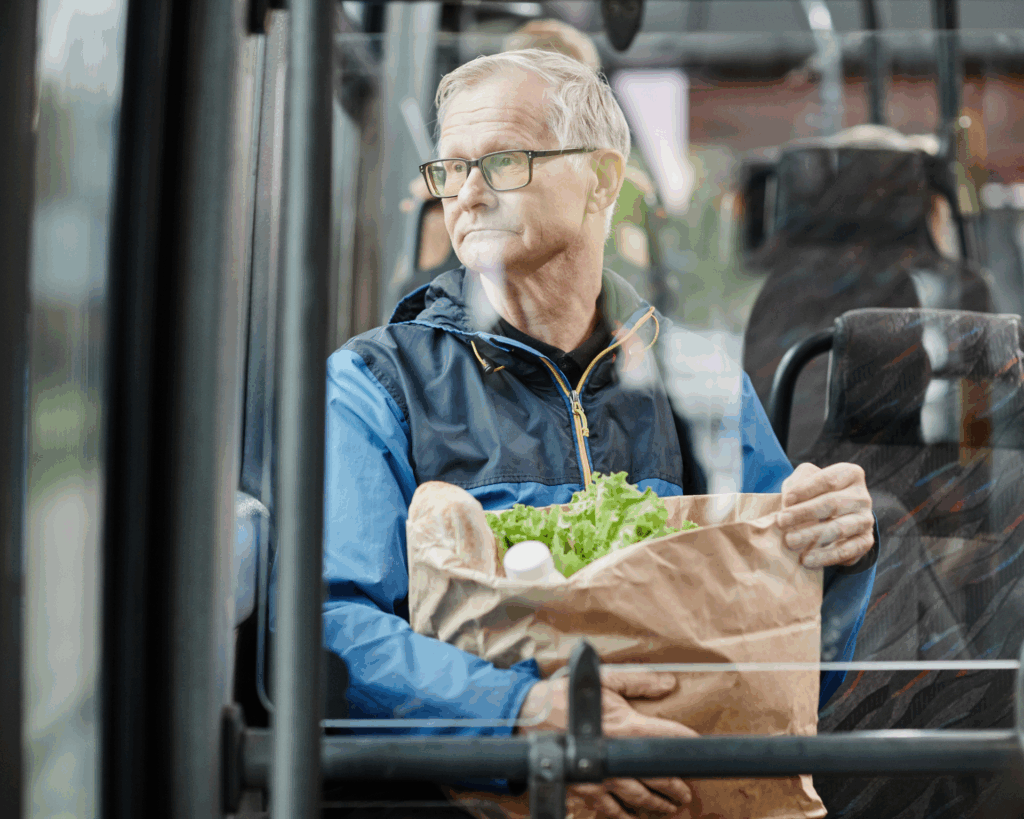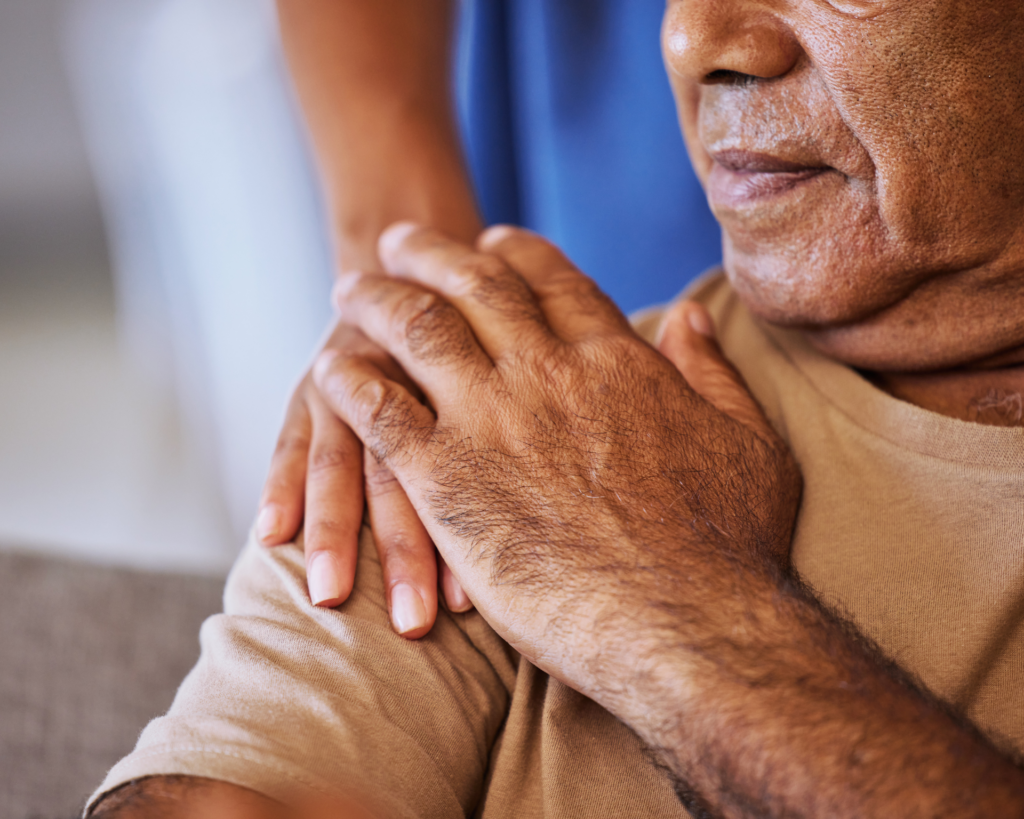Cruel and Unusual Temperatures
Suicide attempts in Texas prisons increase in warmer months, and decrease in cooler months.

Read Time: 2 minutes
Published:
“Being slowly cooked alive”
That’s how former prison inmate Benny Hernandez described the summer heat in his Texas cellblock. Texas is one of 13 states that does not have air conditioning in its state prisons. Indoor temperatures regularly reach 110 degrees, and can get as high as 149 degrees. Ten inmates died during a 2011 Texas heatwave.
A high percentage of incarcerated people are particularly vulnerable to heat, due to their medication regimen, age, or prior conditions like asthma or diabetes. While the Texas prison system has cooling systems in place, findings from a new report released by Texas A&M’s Harm Reduction and Recovery Center indicate that current heat mitigation policies do not protect inmates.
The researchers surveyed 309 people incarcerated in 57 Texas Department of Criminal Justice (TDCJ) units from October 2018 to December 2020, asking about experiences with heat-related illness. Respondents reported heat stroke, worsening symptoms of diabetes and heart conditions and taking mental health medications that had heat restrictions. At least 1,391 incarcerated persons within TDCJ attempted suicide in 2019, and 35 died by suicide.
The figure shows suicide attempts steadily climbing in the spring and summer months, reaching their peak in July and August alongside soaring temperatures, and falling drastically in the fall and early winters. The researchers cite extreme heat and restricted access to daylight (one of the “cooling measures” taken during summer months) as key factors related to death by suicide, as reported in previous research. These deaths are not included in TDCJ’s reports of heat-related deaths.
In 2017, a federal district judge ruled that the heat conditions in a Texas prison violated the Eighth Amendment’s Cruel and Unusual Punishment Clause. But prisoners report that the resulting safety protocols, like more access to personal fans and ice water, have been inconsistently and insufficiently implemented by prison staff.
The state has already spent $7 million fighting legal battles against inmates over air conditioning in its prison system. While 95% of households in the South use air conditioning, just 30% of Texas prisons are fully air-conditioned. As J. Carlee Purdum, the lead study author states, “We’re seeing more and more that air conditioning is not a luxury. It is a human right.”
Databye via Carlee Purdum, Amite Dominick, Benika Dixon, Extreme Temperatures and COVID 19 in Texas Prisons. Texas A&M University Hazard Reduction & Recover Center, July 2022.



